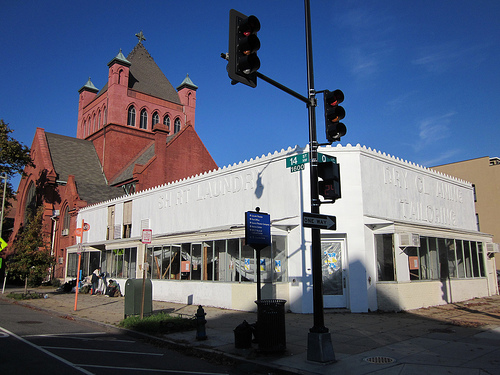What Phasing out Fannie May and Freddie Mac Means to You
History:
Fannie May was a government agency created in 1938, and in 1968 was converted to a publicly traded company. Freddie Mac was created by the government in 1970 as a publicly traded company to provide competition for Fannie May.
Their primary role is to buy and insure mortgages issued by private lenders, with most loans being bundled into mortgage securities sold to investors. They basically provide investors a certain guarantee that interest and principal payments will be made even if homeowners default.
Fannie May was a government agency that was federally backed at one time, so investors assume the government will make good on these two firms’ obligations.
Problem:
Mismanagement and guaranteeing risky mortgages issued by private lenders, led to Fannie and Freddie holding high risk loans. When the housing bubble burst in 2008, many of these loans went into default and large losses were incurred by both firms. The government took over the firms, wiping out the shareholders and costing the tax payers $130 billion in bailouts.
Proposal:
The Department of the Treasury and the Department of Housing and Urban Development sent Congress a proposal last month outlining three proposals:
1) First option would dramatically reduce the government’s role insuring and guaranteeing mortgages.
a. This would be limited to government programs such as FHA and other programs targeted to creditworthy lower and moderate income borrowers.
b. Private lenders would be responsible for providing and insuring mortgages.
2) Second option is similar to the first option, but provides a mechanism to ensure access to credit during a housing crisis.
3) Third option is also similar to the first option, but adds an insurance program that is privately funded to secure mortgages.
During the phase out period, the government would implement restrictions on loan amounts and increase fees to drive more people from Fannie, Freddie, and FHA loans to the private market.
What this means for you?
Visit my blog tomorrow to find out.
Question of the Day: How do you think this will affect you as a buyer or seller?
Please feel free to leave comments and I will use these in the article tomorrow. Thank you!
Source Whaton Business School











